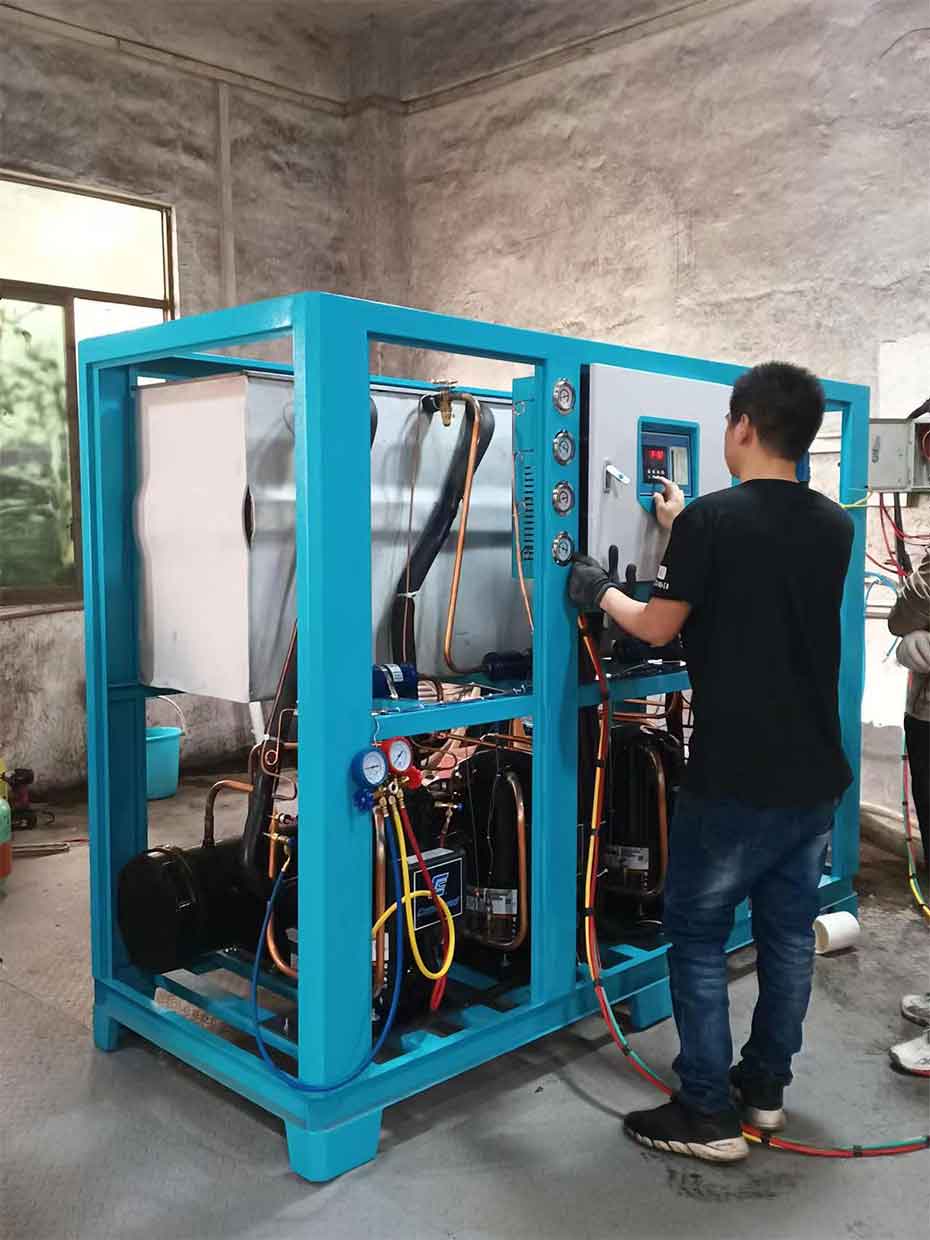Customer case
Relationship between voltage and industrial machinery
Relationship between voltage and industrial machinery
Many customers who are ordering machines with us are always asked: what is your voltage? Including the number of phases, voltage and frequency.
Do you guys know why? Let me answer the importance of this detail confirmation for you today.
When using a machine, it is very important to match the machine voltage with the electricity consumption voltage.
If the rated voltage of the machine does not match with the voltage of the electricity used, it may cause the machine not to work properly or even damaged.
Here are a few common ways on how to deal with machine voltage and supply voltage problems:
1. Check the rated voltage of the machine
Before using any equipment, you should first check the rated voltage of the machine. This information is usually labeled on the machine's nameplate or manual.
The common rated voltages are 220V, 110V, 380V, etc.
2. Matching supply voltage
Same voltage: If the rated voltage of the machine is the same as the supply voltage
(e.g., 220V equipment connects to 220V power supply, 380V equipment connects to 380V power supply), then it can be used directly without additional processing.
Voltage mismatch: If the rated voltage of the machine is not the same as the supply voltage at the site, then measures need to be taken to adjust it.
3. Use of transformer
If the machine voltage does not match the supply voltage, a transformer can be used to adjust the voltage.
The transformer converts the supply voltage into the voltage required by the machine.
Step-down transformer: If the machine is rated at 220V and the supply voltage is 380V, a step-down transformer is required to convert 380V to 220V.
Step-up transformer: If the rated voltage of the machine is 380V and the supply voltage is 220V, a step-up transformer is required to convert 220V to 380V. 4.
4. Conversion from three-phase to single-phase power supply
Three-phase equipment (380V): Usually used in industrial locations, it requires three fire wires (A, B, and C) for power suppl If the premises are supplied with only single-phase power (220V), it is possible to convert single-phase power to three-phase power by using the appropriate conversion equipment, such as a frequency converter or a three-phase transformer, or by using a specialized three-phase power supply.
Single-phase equipment (220V): If the equipment requires only single-phase power, 220V can be obtained by connecting the 380V firewire to the zero wire
(note that it is necessary to ensure that the wiring is correct and safe).
5. Use a voltage regulator
In places where the voltage is unstable, the voltage may fluctuate and affect the normal operation of the equipment.
Using a voltage regulator can stabilize the fluctuating voltage within the rated voltage required by the machine, ensuring long-term stable operation of the equipment
and avoiding damage to the equipment caused by too high or too low voltage.
6. Power conversion plug
If the machine comes from a different country, the power plug may not match the local power outlet.
In this case, you need to use an adapter to convert the plug, but the plug adapter only changes the shape of the interface, does not change the voltage,
you still need to ensure that the voltage matches.
7. Frequency issues (50Hz vs. 60Hz)
In addition to voltage, the frequency (Hz) of the power supply system is also important.
If the equipment is designed for 50Hz voltage and the power supply used is 60Hz (or vice versa), sometimes the equipment may not work properly,
especially like motorized equipment. Therefore, when selecting a transformer or other voltage regulating equipment, it is also important to pay attention to the frequency match.
8. Pay attention to current requirements
Not only voltage, the machine also needs enough current to work properly. If the current supply is insufficient, even if the voltage is matched,
the equipment may not start or may run erratically. Therefore, when using transformers or other power conversion devices, make sure they can supply enough current.

Summarize:
These details will be determined before we give the customer production to ensure that the customer receives a machine that can run and work properly.
Direct voltage matching: If the supply voltage is the same as the rated voltage of the machine, connect it directly.
Voltage mismatch: use transformer or step-up/down equipment for voltage adjustment.
Three-phase and single-phase problems: Handle the different power supply requirements of three-phase and single-phase with conversion equipment.
Frequency and current: Make sure the power supply frequency and current also match the equipment requirements.
Are you specifically experiencing a situation where the equipment voltage does not match the supply voltage?
You can choose the right solution depending on the voltage and type of equipment. Contact us (contact@sztqjx.com), we will provide you with a free solution.
RELATED NEWS
- Large plastic crusher shipment case 2018-08-01
- Compressor making strange noises? 2025-01-16
- Fully automatic recycling solution for rapid crusher provided to customers 2025-01-16
- Chemical reactor chiller selection case 2025-01-16
- Chiller use cases in electroplating 2025-01-16
Categories
Latest News
Contact Us
Contact: KevinYu
Phone: 18606201315
E-mail: info@soonidea.cn
Whatsapp:86-18606201315
Add: Guangdong Province, China TianHe District, GuangZhou Num 899
